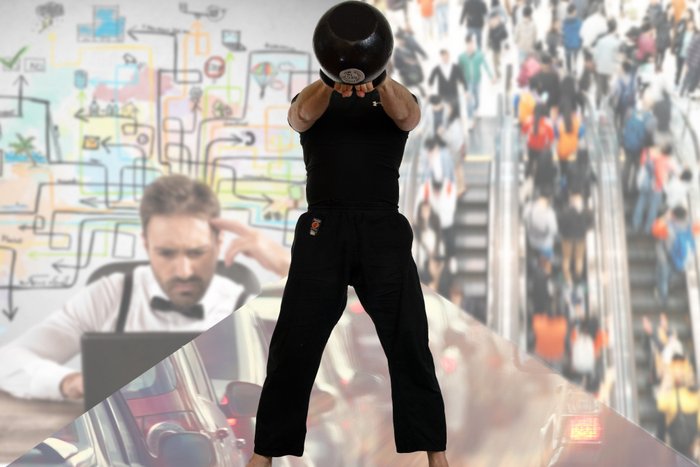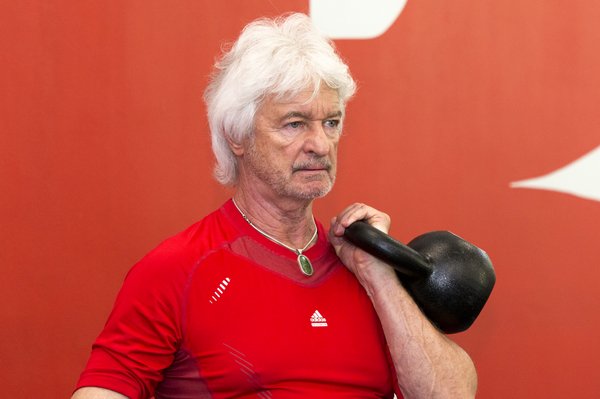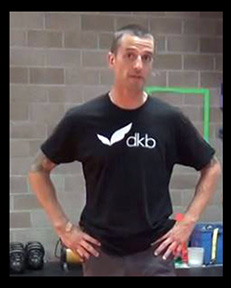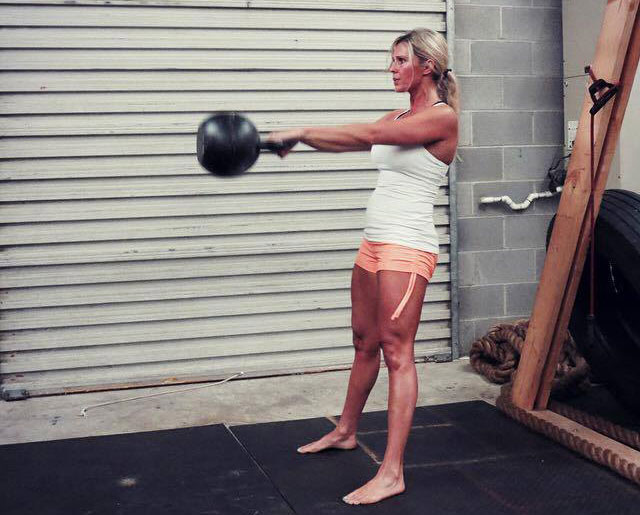
Postural correction is a hot topic. Spending too much time in a seated position while driving or working on a computer will adversely affect our ability to stand up straight.
Wouldn’t it be great if there was a time-efficient exercise that could counteract all the time you’ve spent in the seated position and help you develop good posture?
That exercise exists—it’s the kettlebell swing.
Swinging a kettlebell will help you develop strong muscles, bones, tendons and ligaments. It will also improve your endurance. But, one of the biggest benefits of the kettlebell swing is improvement in your posture. The kettlebell swing is a naturally corrective exercise which will help undo the maladaptive effects of too much sitting slumped over with a computer, tablet, or phone.
The following are some of the key postural issues that the RKC kettlebell swing can correct:
Problem #1: Your glutes are not working
Sitting down turns off your glutes. The RKC kettlebell swing includes a “hip drive” or “pop” that moves the tailbone under and drives the hips forward. The hips are a primary source of athletic power for many sports such as golf, tennis, baseball and boxing. This hip drive is fueled by a rapid and intense contraction of the glutes. Swinging a kettlebell can help you reactivate your glutes. Active glutes will also put the pelvis in a neutral position, increasing your athleticism and reducing your chances of developing chronic back pain.
Problem #2: Your back is rounded, and shoulders are hunched forward
When using a computer or driving a car, your arms are front of your body while you’re seated. This inevitably leads to the shoulders internally rotating and the chest collapsing. For most people, this also means they will look like a caveman when they finally stand up. The finish, or top position, of the RKC kettlebell swing features “packed” shoulders. This means that the shoulders are pulled back and down, the lats are activated, and the thoracic spine is in a neutral position.
The kettlebell swing also has the added advantage of teaching you to bend over and stand up into a correct postural position time after time, rep after rep. And each effort is performed under load. Using a weight means that the adaptive changes will take place faster. Even a short RKC kettlebell swing practice session will greatly improve your ability to go from a seated, computer desk position to an erect, well aligned standing position.
Problem #3 – Your core is weak and you cannot contract your abdominal muscles

Modern office furniture encourages us to relax everything while we type at the computer. This muscular relaxation includes the core and abs. But, when you stand up, your abs remain relaxed, your pelvis tips forward and all of your guts try to fall forward! Not very attractive. At the top position of the kettlebell swing, the spine is lengthened and aligned. In order to accomplish this alignment, the core must be stabilized with a balance of posterior and anterior tension. This simply means that the abs must be strongly contracted for a split second at the top of each swing. What could be a better way to relearn how to stabilize your core and contract your abs then to do this time after time with your RKC kettlebell swing.
One step we use while teaching the kettlebell swing is the RKC plank. Notice that opening your chest, contracting your abs, tightening your glutes and lengthening your spine into an ideal postural position are all part of the RKC plank exercise. The top position of a kettlebell swing should mimic the total body tension and spinal alignment of the RKC plank.
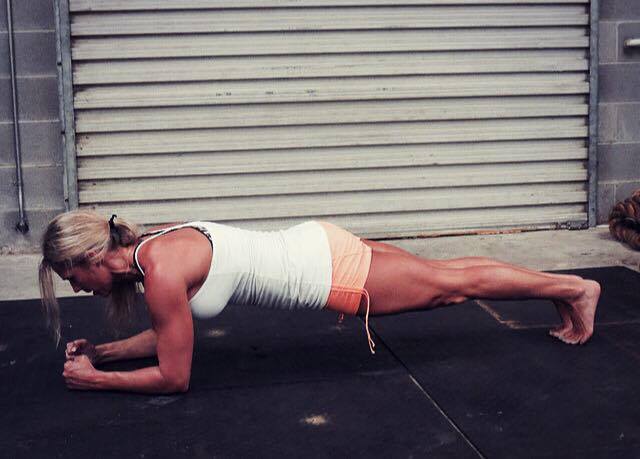
Focus on these points as you perform your RKC kettlebell swing. You will see fast and enormous postural improvements.
Stand tall my friend.
Beth Andrews and Jay Armstrong
****
Beth Andrews is a Senior RKC, PCC Team Leader, and CK-FMS. She leads HKC and RKC certifications, and assists at the PCC. She became the 5th Iron Maiden in 2013. Beth owns Maximum Body Training and a successful online training business. She has over 25 years of training experience. For online training or to host a certification, email Beth at: bethandrewsrkc@gmail.com. For more training tips and workouts subscribe to her YouTube channel, Beth Andrews RKC or visit her website at maximumbodytraining.com
Jay Armstrong is a Senior RKC, 6 Degree Black Belt TKD, and Master Z-Health Trainer. The past 30 years have been dedicated to helping others develop confidence through increased strength and pain-free, exceptional mobility. His quest for knowledge continues. He runs The Kettlebell Club in Houston, Texas.
